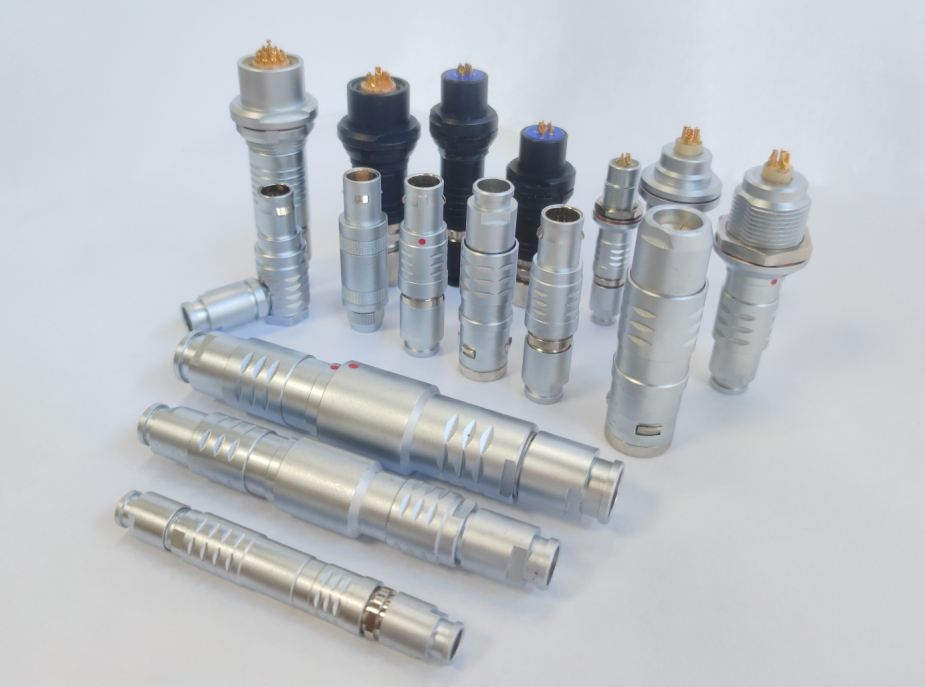
 Oct 15,2024
Oct 15,2024
 Reunion
Reunion
01. Threaded connection method
A common connection form used by electrical connectors with larger contact sizes and working in strong vibration environments. This connection form can be equipped with a fuse to prevent loosening after the connection is completed. This connection form is reliable, but the connection and disconnection speed is slow
02. Checkpoint connection method
It is a reliable and rapid form of connection and separation. Most electrical connectors with the 121 card connection form have a visual display of correct connection and locking, which can be observed from the small hole on the side of the connector nut.

03. Plug and unplug connection method
It is a versatile form of connection. The direction of movement of the plug and socket of an electrical connector during connection and disconnection is usually a reciprocating linear motion, without the need for twisting or rotation, and only requires a small working space to complete the connection and disconnection. There are two common types of plug-in connections: ball or pin structures. This connection form lacks a mechanical labor-saving mechanism, and once mistakenly inserted, the mechanical resistance increases significantly, which can be detected in a timely manner.
04. Cabinet connection method
It is an electrical connector used on devices that require blind connection near the frame, which can make electrical equipment lighter, smaller, easier to maintain, and more reliable. This connection form makes it impossible for the operator to feel the connection, and a precise positioning device must be designed to avoid forcibly connecting the mistakenly inserted electrical connectors together, making it impossible to insert them incorrectly. Cabinet style electrical connectors typically adopt a floating or elastic contact design structure to ensure their correct connection.
Copyright © Shenzhen Reunion Electronics Co., Ltd.
